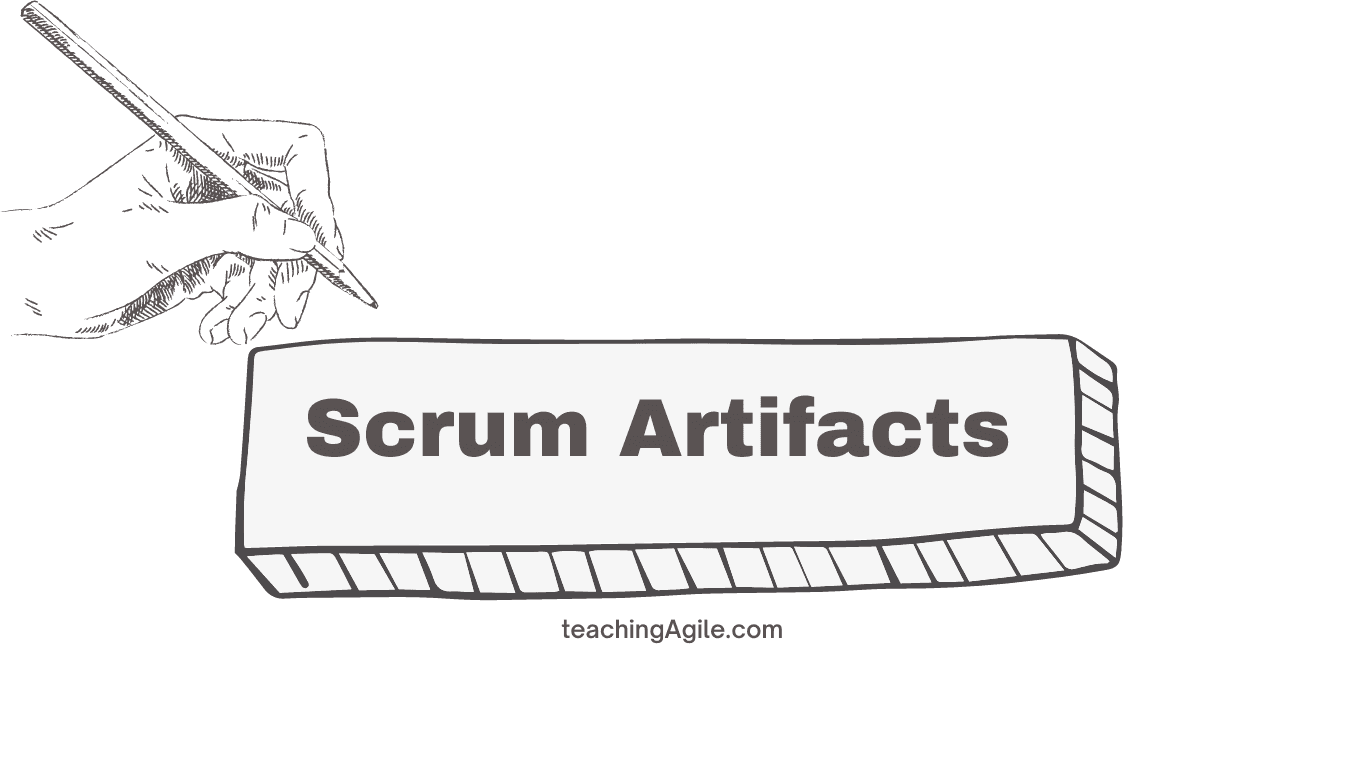
What are the 3 Scrum Artifacts? Complete Summary (2025)
 The Three Scrum Artifacts with Their Commitments
The Three Scrum Artifacts with Their Commitments
Scrum artifacts are the three critical information radiators in the Scrum framework that maximize transparency of key information. They enable inspection and adaptation by providing a shared understanding of the work being done, what's being delivered, and progress toward goals.
The three Scrum artifacts are:
- Product Backlog (with Product Goal commitment)
- Sprint Backlog (with Sprint Goal commitment)
- Increment (with Definition of Done commitment)
Each artifact has an associated commitment that reinforces empiricism and Scrum values, ensuring teams work toward measurable objectives rather than just completing tasks.
Quick Answer: The Three Scrum Artifacts
| Artifact | Purpose | Commitment | Owner |
|---|---|---|---|
| Product Backlog | Emergent, ordered list of everything needed to improve the product | Product Goal | Product Owner |
| Sprint Backlog | Sprint Goal + selected PBIs + delivery plan for the Sprint | Sprint Goal | Developers |
| Increment | Sum of all completed work from current and all previous Sprints | Definition of Done | Scrum Team |
This summary provides a quick reference to the three Scrum artifacts and their role in supporting empirical process control.
Product Backlog as a Scrum Artifact
The Product Backlog is an emergent, ordered list of everything needed to improve the product. It serves as the single source of work for the entire Scrum Team.
Key characteristics:
- Emergent: Continuously evolves based on new insights from customers, stakeholders, and marketplace
- Ordered: Explicitly sequenced (not categorized as high/medium/low)
- Single source of truth: One Product Backlog per product, even with multiple teams
- Never complete: Living document that grows and changes throughout product lifetime
Product Goal Commitment: The Product Goal describes a future state of the product serving as a long-term target. It's positioned within the Product Backlog, with remaining items defining how to achieve it.
Ownership: The Product Owner is accountable for the Product Backlog, including its content, ordering, and ensuring transparency to all stakeholders.
Sprint Backlog as a Scrum Artifact
The Sprint Backlog is composed of three elements:
- Sprint Goal (why) - The objective for the Sprint
- Selected Product Backlog items (what) - Items chosen for the Sprint
- Actionable plan (how) - The plan for delivering the Increment
Key characteristics:
- Highly visible: Real-time picture of Developers' planned Sprint work
- Dynamic: Updated at least once daily as team learns more
- Flexible scope: Specific work items can change; Sprint Goal remains fixed
- Developer-owned: Only Developers can change Sprint Backlog content
Sprint Goal Commitment: The Sprint Goal is the single objective for the Sprint that provides coherence and focus, encouraging the Scrum Team to work together rather than on separate initiatives. It provides flexibility regarding the exact work needed to achieve it.
Ownership: The Developers own and continuously update the Sprint Backlog throughout the Sprint, including during Daily Scrum to track progress toward the Sprint Goal.
Product Increment as a Scrum Artifact
The Product Increment is a concrete stepping stone toward the Product Goal. Each Increment is additive to all prior Increments and thoroughly verified, ensuring that all Increments work together.
Key characteristics:
- Cumulative: Each new Increment includes all previous Increments, integrated and tested
- Usable: Must be in releasable state, regardless of whether Product Owner decides to release it
- Verified: Thoroughly tested and meets quality standards
- Multiple per Sprint: Teams can create multiple Increments within a single Sprint
- Done: Meets the team's Definition of Done
Definition of Done Commitment: The Definition of Done is a formal description of the state of the Increment when it meets the quality measures required for the product. Work cannot be considered part of an Increment unless it meets the Definition of Done.
Ownership: The entire Scrum Team is responsible for creating a usable Increment. The Developers build it, and the Product Owner decides if and when to release it to stakeholders.
Why Artifacts and Commitments Matter
Scrum artifacts work together to support empirical process control through transparency, inspection, and adaptation:
Transparency Through Artifacts:
- Product Backlog: Everyone knows what could be built and in what order
- Sprint Backlog: Everyone sees what's being worked on this Sprint and progress toward Sprint Goal
- Increment: Everyone can inspect working software and actual value delivered
Commitments Provide Direction:
- Product Goal: Long-term target state guiding all product decisions
- Sprint Goal: Short-term objective uniting the team during Sprint
- Definition of Done: Shared quality standards ensuring releasable Increments
Key Relationships:
- Product Backlog (strategic) → Sprint Backlog (tactical) → Increment (tangible output)
- Product Goal (months/years) → Sprint Goal (weeks) → Definition of Done (each item)
- Product Owner accountability → Developer ownership → Scrum Team creation
Conclusion
Scrum artifacts and their commitments enable teams to work empirically, adapting to reality rather than following predetermined plans.
The three artifacts provide complementary views:
- What could we build? (Product Backlog)
- What will we build this Sprint? (Sprint Backlog)
- What have we actually built? (Increment)
Together with their commitments (Product Goal, Sprint Goal, Definition of Done), Scrum artifacts create the transparency necessary for inspection and adaptation. They help the Scrum Team align on priorities, plan and manage their work, and deliver valuable outcomes to customers and stakeholders.
For detailed information on each artifact, explore the linked articles on Product Backlog, Sprint Backlog, and Increment.